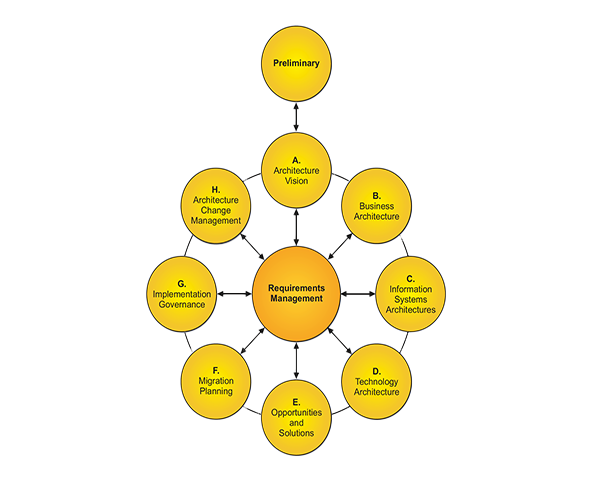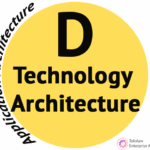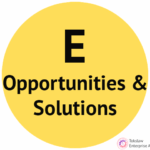Phase D is a critical stage where we focus on developing our target technology architecture. We will be halfway through our architectural journey at the end of this phase. The primary goal here is straightforward: we aim to create a technology architecture that aligns with our previously outlined business strategy and objectives.
Reflecting on Previous Phases
We must revisit what we established in the earlier phases to define our technology architecture effectively. In Phase A, we created a vision for our organizational future. Phase B allowed us to define our business goals clearly, focusing on the business architecture, the accompanying data, and the applications that are vital for reaching those goals.
With this foundational knowledge, we ask ourselves: How does our technology need to align with our data and applications to support those business goals? What work is necessary to make this happen? The architecture roadmap is our strategic guide, detailing the work required to achieve our technology vision.
Assessing Current State and Future Needs
Your current technology landscape is relatively stable, exhibiting minimal variations. If so, that’s a positive sign. However, for many organizations, modernization and upgrades may be necessary. As we assess our situation, it’s essential to gather inputs from previous phases, including phase A outputs and technology principles that may impose certain constraints or requirements.
Let talk for eaxample, if the Architecture principle dictates that all communications must be encrypted over any distance, this guideline must be factored into our technology architecture choices. Our existing vision, repositories, and architecture documents, along with the requirements formulated in Phases B and C, play a crucial role in this process.
Developing the Baseline and Target Architecture
As we begin to construct the baseline technology architecture, we need to evaluate our current computer systems and networks. What do they look like today? What is our ideal target technology architecture? What elements will we add or upgrade?
Mapping the differences between the baseline and the target architecture illuminates the gaps we need to address, and these gaps form the basis of our roadmap. For instance, if you’ve recommended two different customer relationship management (CRM) systems, any overlaps or conflicts must be resolved before moving forward.
Engaging stakeholders, especially within the IT department, is vital to ensuring alignment and support for the proposed direction. Once consensus is reached, the technology architecture can be finalized, and we can create our architecture definition document.
Documenting Outputs and Artifacts
The primary outputs of this phase will be our baseline and target technology architectures, along with the architecture requirements derived from our data analysis. These outputs clarify what actions we need to take to bridge the gap between our current and desired technological states.
As we near the end of the artifact production phase, we begin shifting our focus toward planning and structuring initiatives into actionable projects. The documentation produced during this stage will encompass a range of technology elements, including environments, technology standards, network configurations, and hardware diagrams.
Exploring Emerging Technologies
Finally, this phase offers an opportunity to explore the latest trends and emerging technologies. As organizations transition from traditional desktops to laptops—and even mobile devices—significant innovations can enable new operational efficiencies and opportunities.
By remaining attentive to these technological advancements, we can further enhance our architecture to not only meet current needs but also to accommodate future possibilities.
Conclusion
As we conclude Phase D, our focus on technology architecture is crucial for ensuring alignment with our business goals and strategic vision. By effectively assessing the baseline, identifying gaps, and engaging stakeholders, we can create a comprehensive architecture that positions our organization for success in a rapidly evolving technological landscape.
Let’s continue seeking opportunities that technology can offer and remain adaptable to the changes ahead.



